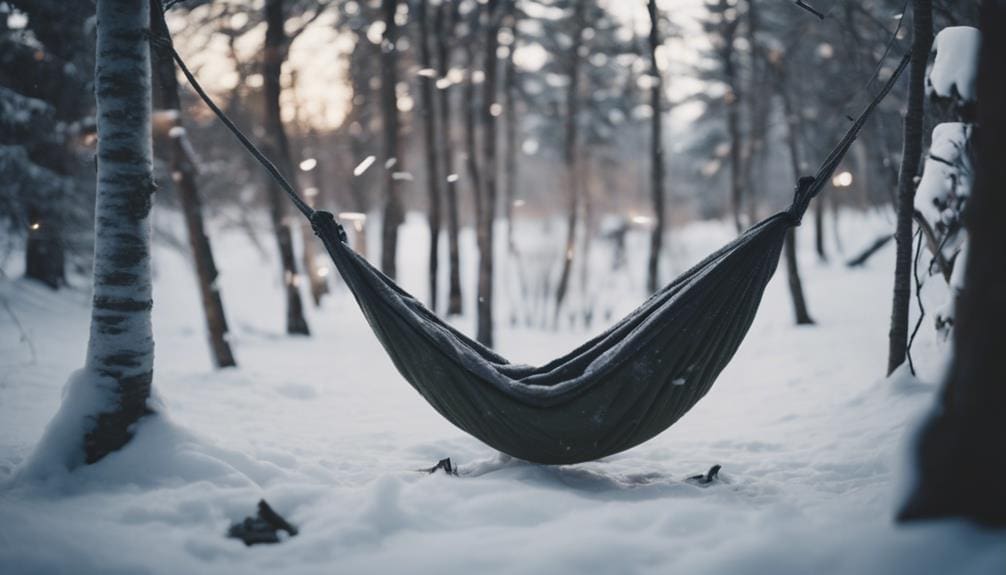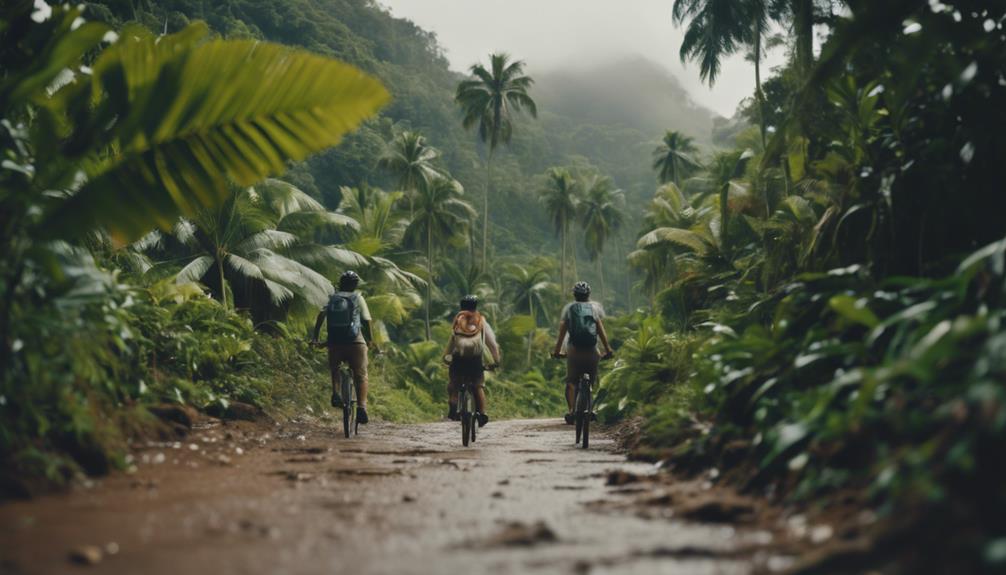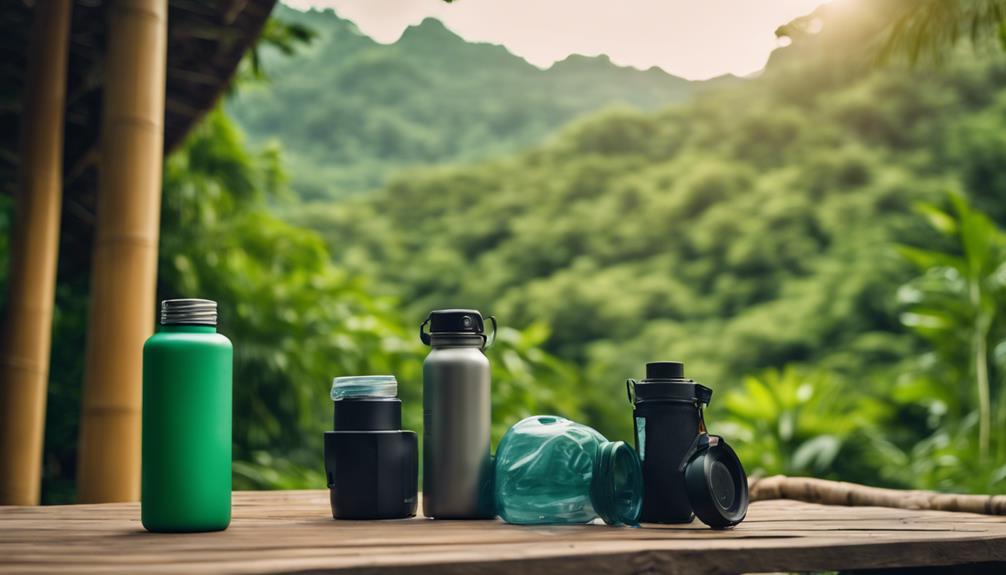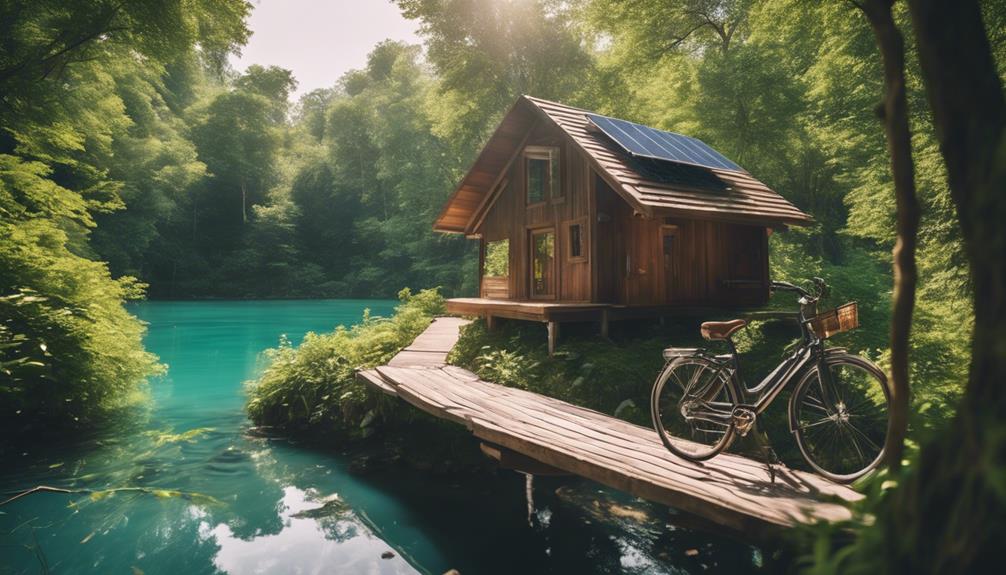Following tips for hammock camping in cold weather is crucial for anyone looking to enjoy the unique experience of winter hammocking. Start by insulating your hammock with an underquilt, providing necessary warmth and wind protection.
Adjust the underquilt with cords to achieve a snug fit that retains heat. Layer up with thermal clothing, opting for materials like Merino wool that offer both insulation and moisture control. Protect yourself further by setting up a weather-resistant tarp above your hammock to shield against wind and snow.
In preparation for emergencies, pack a comprehensive first aid kit and brush up on survival skills. Keeping dry is essential to prevent hypothermia, so ensure your gear is waterproof.
For added warmth, consider using hot water bottles within your sleeping setup and always check the weather forecast to stay informed. Mastering these tips for hammock camping in cold weather will help you maintain coziness and safety, enhancing your outdoor adventure despite the chill. Ready to embrace the cold with confidence?
Key Takeaways
- Utilize underquilts for lightweight warmth and wind protection below the hammock.
- Layer with thermal clothing like Merino wool for insulation and moisture-wicking properties.
- Use weather-resistant tarps pitched above the hammock for wind and element protection.
- Prevent hypothermia by staying dry, avoiding moisture, and choosing a well-drained campsite.
- Check weather forecasts, pack suitable gear, and stay updated on temperature changes for comfort and safety.
Insulate Your Hammock Properly
To effectively insulate your hammock for cold weather camping, consider using an underquilt positioned directly beneath the hammock to provide lightweight warmth and block wind efficiently. Underquilts are designed to offer customized insulation and protection from the elements, with options available in various shapes, sizes, and materials such as down or synthetic insulation.
Hanging the underquilt directly below the hammock using adjustable shock cords is essential to prevent compression, ensuring that the insulation retains its loft and warmth-trapping capabilities.
When selecting an underquilt, opt for models specifically tailored for hammocks to guarantee ideal fit and coverage. These underquilts are easy to compress and hang, making them convenient companions for cold weather camping trips.
Wear Thermal Layers for Warmth
When hammock camping in cold weather, wearing thermal layers is essential for staying warm throughout the night.
Consider layering for insulation, choosing materials like Merino wool or synthetic fabrics with moisture-wicking properties, and adjusting ventilation to prevent overheating.
These practices will help you stay comfortable and cozy in your hammock, even as the temperatures drop.
Layering for Insulation
Layer up with thermal clothing to create a barrier against the cold, ensuring maximum insulation for your hammock camping adventures in chilly weather.
Start with a moisture-wicking base layer like Merino wool to keep you dry and warm. This base layer will help regulate your body temperature and prevent heat loss, especially when combined with a quality sleeping bag.
Add a synthetic base layer on top for extra insulation that dries quickly if you sweat.
To combat the wind chill, layer up with wool outer layers that act as a wind barrier, protecting you from the elements.
Material Selection Tips
For ideal warmth during your chilly weather hammock camping trips, prioritize selecting thermal layers crafted from materials like merino wool and synthetic fibers known for their superior insulation and moisture-wicking abilities. Merino wool provides excellent insulation, breathability, and odor resistance, making it perfect for base layers.
On the other hand, synthetic thermal layers are lightweight, quick-drying, and durable, ideal for outer layers to shield against wind and moisture. Layering with these materials helps trap body heat, regulate temperature, and adapt to changing weather conditions while hammock camping in the cold.
Ensuring high-quality thermal layers will guarantee comfort, protection, and effective temperature regulation, enhancing your overall cold weather hammock camping experience. Don’t forget to pair your thermal layers with a suitable sleeping bag, top quilt, and sleeping pad for added warmth and insulation.
Ventilation Considerations
Consider incorporating strategic ventilation alongside your thermal layers to optimize warmth and comfort during cold weather hammock camping. When wearing thermal layers in your sleeping bag, proper ventilation is crucial to prevent condensation and maintain a dry environment. This combination helps you stay warm by regulating your body temperature effectively. By using a layered approach, you can easily adjust your warmth level throughout the night, guaranteeing a comfortable sleep. The table below illustrates how ventilation and thermal layers work together to keep you cozy and dry in your hammock:
| Ventilation Considerations | Benefits |
|---|---|
| Prevents condensation inside the hammock | Reduces moisture buildup |
| Regulates body temperature | Maintains warmth and comfort |
| Adjust warmth level as needed | Ensures a good night’s sleep |
Utilize Weather-Resistant Tarps
When setting up your hammock camp in cold weather, utilizing weather-resistant tarps is essential for protection against the elements. These tarps are designed to shield you from wind, rain, and snow, ensuring a more comfortable camping experience.
Properly pitching the tarp above your hammock can help trap heat and create a cozy shelter for a restful night’s sleep.
Insulating Underquilt Options
When selecting insulating underquilt options for cold weather hammock camping, including a weather-resistant tarp can greatly enhance your protection against wind and precipitation. Pairing an underquilt with a tarp creates a thorough barrier against the elements, ensuring a comfortable camping experience. The underquilt hangs beneath your hammock, providing lightweight insulation and preventing compression that can reduce its effectiveness. By combining this with a weather-resistant tarp, you create a shield against cold winds and rain, keeping you warm and dry throughout the night. Underquilts come in various shapes, sizes, and insulation materials, catering to different preferences. Here is a comparison table of some popular underquilt options:
| Underquilt | Material | Size |
|---|---|---|
| Brand A | Synthetic Insulation | Single |
| Brand B | Down Insulation | Double |
| Brand C | Fleece Lining | Single |
Tarp Pitching Techniques
To enhance your cold weather hammock camping experience, mastering effective tarp pitching techniques with weather-resistant tarps is crucial for the best wind blocking and heat retention. When setting up your tarp, pitch it as low as possible to maximize protection against the wind and retain warmth around your hammock.
Confirm the corners are securely fastened to prevent flapping during strong winds, which can compromise insulation. Opt for weather-resistant tarps crafted from durable materials like ripstop nylon to withstand harsh conditions. Select a tarp size that offers ample coverage for your hammock setup, providing sufficient protection from the elements.
Practice different tarp pitching techniques to adapt to varying weather conditions and create a cozy shelter for your hammock camping adventures.
Prepare for Emergency Situations
Packing a first aid kit with essentials like bandages, antiseptic wipes, and pain relievers is vital for handling emergency situations while hammock camping in cold weather. Along with the first aid kit, make sure to carry a reliable communication device such as a fully charged cell phone or a satellite messenger so you can call for help if needed. Additionally, learning basic survival skills like starting a fire, building a shelter, and signaling for help can be critical in case of emergencies.
- First Aid Kit: Essential for treating injuries and illnesses.
- Communication Device: Stay connected and call for help if necessary.
- Survival Skills: Learn how to start a fire, build a shelter, and signal for assistance.
Being prepared for emergencies can make a significant difference in your safety while hammock camping in cold weather. Make sure you have the necessary tools and knowledge to handle unexpected situations efficiently and effectively.
Stay Dry to Prevent Hypothermia
Remaining dry is vital to avoid hypothermia during cold weather hammock camping. In cold conditions, any moisture from perspiration or dampness can quickly lead to a drop in body temperature, increasing the risk of hypothermia.
To stay dry and retain body heat, it’s essential to use waterproof clothing, tarps, and gear. Wet clothing or gear can cause rapid heat loss, making it important to keep everything dry, including your sleeping bag.
Be mindful of condensation in your hammock, as it can dampen your clothing and sleeping bag, putting you at risk of hypothermia. When setting up your campsite, choose a location that allows for proper drainage to prevent water accumulation around your gear.
Use Hot Water Bottles or Hand Warmers
Keeping warm in your hammock during cold weather camping can be enhanced by utilizing hot water bottles or hand warmers. When the temperatures drop, consider these tips to stay cozy throughout the night:
- Hot Water Bottles: Fill a hot water bottle with boiling water before getting into your hammock. Place it near your feet to radiate heat and keep you warm for hours. Remember to add extra socks over the bottle to prevent burns and maximize safety.
- Body Heat Maintenance: Insulated water bottles filled with hot water can act as portable heaters, helping you maintain body heat while hammock camping in the cold. These bottles are simple, effective, and a great addition to your gear for staying comfortable.
- Enhanced Comfort: Hot water bottles aren’t only practical but also contribute to your overall comfort. They provide a soothing warmth that can make a significant difference in your camping experience, especially in chilly conditions.
Check Weather Forecast Before Camping
Prior to starting your hammock camping journey in cold weather, it is crucial to review the weather forecast carefully to make sure you are well-equipped for the conditions you may encounter. Checking the weather forecast helps you prepare adequately for the cold winter nights you might experience while camping. By knowing the expected temperatures, precipitation, and potential wind chill factors, you can pack the appropriate sleeping bag and clothing to stay warm and comfortable throughout your trip. Additionally, being aware of any temperature fluctuations predicted can assist you in planning for any changes in weather that might impact your comfort and safety. Stay updated on the forecast leading up to your trip to make informed decisions about your gear and clothing choices. Below is a table summarizing the importance of checking the weather forecast before embarking on a cold weather hammock camping adventure:
| Importance of Checking Weather Forecast |
|---|
| Helps pack suitable gear |
| Ensures comfort and safety |
| Aids in planning for weather changes |
Frequently Asked Questions
How Cold Is Too Cold for Hammock Camping?
When it comes to deciding how cold is too cold for hammock camping, consider insulation options, temperature ratings, and layering techniques. You should aim for a temperature that balances safety and comfort.
How Do You Camp a Hammock in the Winter?
To camp in a hammock during winter, prioritize insulation like underquilts, proper gear such as a tarp for wind protection, and layering techniques for warmth. Stay cozy by using a hot water bottle near your feet for added heat retention.
How Do You Keep Your Feet Warm in a Hammock Camp?
To keep your feet warm in a hammock camp, wear insulated socks, use foot warmers, and place a hot water bottle at the foot end. These simple tricks will guarantee your toes stay cozy during cold nights outdoors.
Is a Tent Better Than a Hammock in Cold Weather?
In cold weather, a tent can provide insulation, but a hammock with underquilts offers superior warmth retention. When comparing tent vs. hammock, consider sleep system preferences; hammocks excel in air circulation and portability for winter camping.
Conclusion
To sum up, hammock camping in cold weather can be a challenging but rewarding experience with the right preparation.
By insulating your hammock, wearing thermal layers, using weather-resistant tarps, and staying dry, you can stay warm and comfortable throughout the night.
It’s important to also be prepared for emergency situations, use hot water bottles or hand warmers, and check the weather forecast before heading out.
With these tips in mind, you can enjoy a cozy and safe camping trip even in chilly temperatures.














